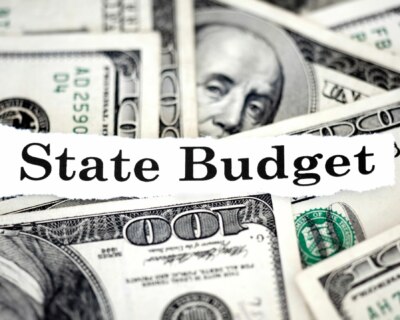Commentary: City Journal: New Orleans a Model for Urban Renewal
In spite of the despair which clouded our city during and after Hurricane Katrina, New Orleans has experienced a historic renewal. With the election of a new administration, a burgeoning sense of optimism pervades New Orleans. The City Journal recently published an article by Nicole Gelinas which illuminates the governmental and socioeconomic factors contributing to this renaissance.
Gelinas, a Tulane graduate, argues that New Orleans has been the benefactor of citizen initiative, reduced government and public sector interference on the municipal level, and private capital. (It should be noted also the $71 billion in federal aid money, but emergencies such as Katrina do call for government aid). For example, there is a noticeable correlation between our city’s growth in per capita income and relatively low unemployment (7.5%), and inversely low Medicaid and welfare payments. As correct as Gelinas is, there is a bigger picture here.
Despite ominous odds, New Orleans effectively has come back from the brink of annihilation to set a national standard for urban renewal. Yes, our crime rate is atrocious, and we face a looming budget deficit. New Orleans, however, is on the right track towards further prosperity and strength. We have joined the upper echelon of burgeoning metropolitan communities in what is becoming a divided national arena. On one hand, we have Milwaukee, Houston, and now New Orleans, as cities which have embraced innovative methods of educating our children, encouraging economic development, and promoting civic responsibility.
In contrast, we have cities, and entire states for that matter, which are being driven into the ground courtesy of expanding government and public sectors. As Gelinas so aptly notes, “In fiscal terms, [New Orleans] is very different from cities and states around the nation, which, bolstered by federal “stimulus” funds, continue to throw money around as if the property and credit bubbles had never burst.” These cities- Chicago and Los Angeles, for example- are being repeatedly bailed out for their own recklessness at great detriment to the rest of the country. Despite the huge amounts of money injected into these city lifelines, the benefits have been Lilliputian, if even that. We should be proud that New Orleans has become a microcosm of the former model, rather than an example of bankrupt failure.
That being said, New Orleans needs to continue on this path to ensure future growth and stability. As Gelinas mentions, our charter-based education system has become too dependent on federal cash, which is an unsustainable course. Continuing the progress of our schools will entail vouchers, tax credits, and increased school choice. Likewise, the reduction in city workers by 36% since Katrina has been a boon, but we need to further privatize city sectors such as transportation and security.
It should be clear from Gelinas’s excellent reporting, as well as from the Katrina experience of any New Orleanian, that the government failed us before, during, and after Katrina. It was the drive and initiative of our private citizens who reenergized the social and economic spirit of our city, and it will require these same characteristics to preserve our pace of growth.




